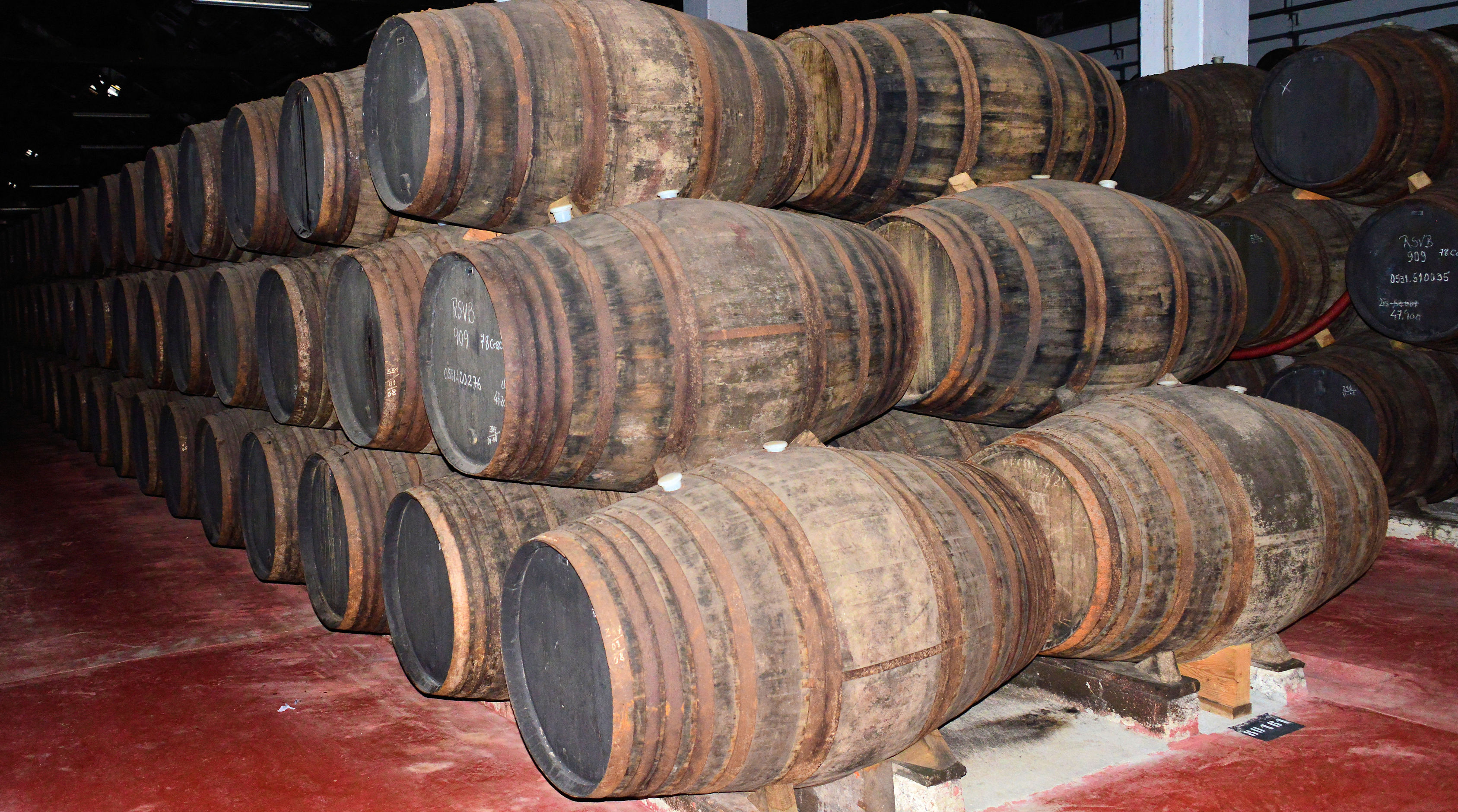This Quinta da Alegria (“The Quinta of Joy”) belongs to the Quevedo Family (well, at least to a part of it… Beatriz Quevedo – the mother of Oscar and Claudia – inherited this Quinta together with her siblings José Carlos and Judite, when their parents passed).
It is not really a Quinta in the traditional sense – it is more a vineyard. Just one relatively small building can be found here. But there are a few special things to mention…
First, it is one of only 3 Quintas in the Douro Valley that has a train station named after it (the two others are Vargelas and Vesuvio).
Then the location… it is quite remote from most other places in the Douro Valley… but at a very historic place… where now a big dam (the “Barragem da Valeira”) tames the water of the river was originally the “Cachão de Valeira”… and that was the location where Barao Forrester lost his life when their ship sank in the wild water of the river in 1861.
While we Port Wine fans, of course, remember this, it is such a quiet and peaceful part of the Douro Valley.

The Quinta consists of 28 hectares, whereof 13.7 hectares are planted with wine:
1.5 hectares of Tinta Roriz tight on the top of the hill (replanted in 2003)
1.2 hectares of Touriga Franca (also replanted in 2003)
Further down the hill, we find 2 hectares of Tinta Amarela, 3 hectares of Alicante Bouschet, 2 hectares of Touriga Nacional, 2 hectares of Touriga Franca and 2 hectares of Tinto Cão, planted in 2014/15.
The Quinta belongs for a long time to Beatriz’s family. The vineyards were established at the beginning of the 19th century; most of the vines were replanted in the 1980s when the law changed and the regulation about the Port production was becoming more producer-friendly.
The soil here isn’t pure shist like in other parts of the Port Wine region – we start to see some granite here. The grapes from this vineyard don’t end up in the highest quality wines – they are mainly used for the Reserve Rubies and Tawnies.
The railroad track divides this Quinta into completely different parts: from the railroad track upwards the hill are all the vines located; from the railroad track down to the river we find many different fruit trees but no vines.
